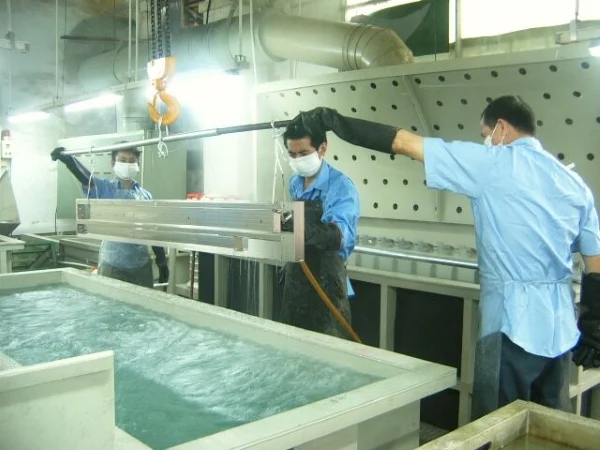
1. Introduction
Establishing an environmentally friendly and resource-saving electroplating mode is currently the two major themes for the sustainable development of the electroplating industry. In the context of the shortage of non-ferrous metal resources in the world and the continuous increase in the cost of electroplating metal materials, the adoption of resource-saving electroplating technology has attracted much attention. Chinese electroplating enterprises have a relatively short development history. In the initial stage of development, there was a shortage of funds and backward technology. Most small electroplating factories lack awareness of the recovery of metal materials in electroplating wastewater, let alone research on recovery methods. For cyanide copper plating and copper alloy electroplating wastewater, the precipitates formed by divalent copper after cyanide breaking are fine particles, resulting in difficult precipitation and separation and high costs. Therefore, it is urgent to study new recovery processes.
2. Method Principles
2.1 Treatment of Cyanide Copper Plating and Copper Alloy Wastewater
In the traditional cyanide breaking process using sodium hypochlorite, the pH of the cyanide-containing wastewater needs to be adjusted to 11 - 12. usually by adding sodium hydroxide. During the cyanide breaking process, cyanide is converted into carbon dioxide and nitrogen, and monovalent copper ions are oxidized into divalent copper ions, which then form fine particles of basic copper carbonate suspended in the wastewater. Natural sedimentation takes more than a whole day and still cannot achieve complete precipitation. A large amount of coagulant aid and flocculant are required to achieve complete precipitation and separation. In the past, when copper was not recovered, the wastewater after cyanide breaking was mixed into the comprehensive acid-containing wastewater, which was treated by the lime method. Basic copper carbonate was adsorbed on the precipitates in the comprehensive wastewater and finally precipitated and separated.
The new cyanide breaking process is to add lime to adjust the pH. The carbon dioxide generated during cyanide breaking reacts with calcium oxide to form calcium carbonate. At the same time, basic copper carbonate co-precipitates with calcium carbonate to form large particle precipitates.
2.2 Treatment of Other Copper-containing Wastewaters
The divalent copper ions in the acidic bright copper plating wastewater react with lime to form copper hydroxide, and sulfuric acid reacts with lime to form calcium sulfate and water. In the copper pyrophosphate plating wastewater, the pyrophosphate radical and copper ions exist in the form of a complex. When treated with lime, the pyrophosphate radical reacts with calcium oxide to form calcium pyrophosphate precipitate, and copper ions react with calcium oxide to form copper hydroxide.
3. Recovery Process
3.1 Composition of Copper-containing Wastewater
Copper-containing wastewaters include several types such as cyanide copper plating, copper-zinc alloy, copper-tin alloy, acidic bright copper plating, and copper pyrophosphate plating wastewaters. Cyanide copper plating, copper-zinc alloy, and copper-tin alloy wastewaters flow into the cyanide-containing wastewater adjustment tank, while acidic bright copper plating and copper pyrophosphate plating wastewaters flow into the copper-containing wastewater adjustment tank. Cyanide copper plating and copper alloy wastewaters contain complexing agents such as Sodium cyanide, potassium sodium tartrate, and ammonium thiocyanate, which form complexes with copper ions. Copper pyrophosphate plating wastewater contains copper pyrophosphate complexes. Cyanide copper plating and copper alloy wastewaters account for approximately 90% of the total copper-containing wastewater, while acidic bright copper plating and copper pyrophosphate plating wastewaters account for about 10%.
3.2 Oxidation Process of Copper Complexes
Before copper recovery, it is necessary to break the copper complexes in the electroplating wastewater and oxidize Cu⁺ ions into Cu²⁺ ions. A combination method of sodium hypochlorite solution and hydrogen peroxide is used to break cyanide and complexing agents such as potassium sodium tartrate. There are three cyanide-breaking tanks. The cyanide-containing wastewater and copper-containing wastewater are pumped into the first-stage cyanide-breaking tank. Lime milk is added to adjust the pH to 11 - 12. and the addition amount of lime milk is adjusted by the pH control system. At the same time, sodium hypochlorite solution is added to break the cyanide. Hydrogen peroxide is added to the second-stage cyanide-breaking tank to continue breaking the cyanide and oxidizing complexing agents such as potassium sodium tartrate. Due to the slow reaction rate, a third-stage cyanide-breaking tank is added. In the third-stage cyanide-breaking tank, the removal of cyanide and complexing agents such as potassium sodium tartrate is checked according to chemical analysis data and experience. With the completion of the oxidation reaction, the Cu⁺ in the wastewater is completely converted into Cu²⁺, and basic copper carbonate and copper hydroxide precipitates are formed. During this process, after the copper pyrophosphate plating wastewater reacts with lime, the complex formed by copper and pyrophosphate radical is broken, and copper hydroxide is formed. The analysis data show that this process can make the wastewater meet the discharge standards. Adding lime to adjust the pH and precipitate copper ions reduces the treatment cost, and lime also plays the role of a coagulant aid and completely precipitates the pyrophosphate radical.
3.3 Copper Recovery
In the above process, the copper ions in the electroplating wastewater are converted into basic copper carbonate precipitates. If the amount of lime added is large, the copper ions can also be converted into copper hydroxide precipitates. Since lime is required to precipitate the pyrophosphate radical in the copper pyrophosphate plating wastewater, the amount of lime added cannot be too small. The cost of lime is very low, and it can be added in an appropriate excess during the treatment process.
After the cyanide-containing and copper-containing wastewaters are treated in the three-stage cyanide-breaking tanks, they flow into the flocculation tank. Sodium pyrosulfite is added to the flocculation tank to reduce the excess hydrogen peroxide, and polyacrylamide flocculant is added to make the precipitate particles grow larger. If sodium pyrosulfite is not added to the flocculation tank, the residual hydrogen peroxide after cyanide breaking decomposes to produce oxygen, which is adsorbed on the surface of the precipitate particles and causes the precipitates to float. The amount of sodium pyrosulfite added should be such that the precipitates do not float, and an appropriate excess is acceptable.
After passing through the flocculation tank, the wastewater flows into the inclined tube sedimentation tank. After the precipitates are separated from the water, they enter the sedimentation thickening tank, and then are filtered by a filter press. The filter cake is recovered, and the filtrate flows back to the adjustment tank. The recovered copper-containing filter cake is purchased by a professional company and sent to a professional manufacturer to produce copper sulfate or can also be used to produce electrolytic copper.
4. Benefits
Copper-containing wastewaters are generated in four electroplating workshops. The analysis and monitoring data show that the average mass concentration of copper in the Cyanide copper plating wastewater is 345mg/L, that is, each ton of wastewater contains 0.345kg of copper. The total amount of cyanide copper plating wastewater per month is approximately 4600t, containing 1587kg of copper. Together with the copper in other copper-containing wastewaters, about 1700kg of copper can be recovered per month. The company's monthly income from selling copper-containing sludge is RMB 30.000 - 40.000. The company's recovery of copper from electroplating wastewater avoids the ineffective consumption of metallic copper, not only reducing the electroplating cost but also reducing the secondary pollution of electroplating sludge to the environment, achieving good economic and social benefits.
5. Conclusion
The electroplating industry is a highly polluting industry. In the current situation where the treatment processes and technologies for electroplating wastewater in China are relatively backward, actively studying the recovery methods of non-ferrous metals in electroplating wastewater is of great significance for establishing a resource-saving and environmentally friendly electroplating mode and maintaining the sustainable development of the electroplating industry. The method of treating cyanide copper plating and other copper-containing wastewaters to recover copper using lime studied in this paper has shown good results in practical applications, providing a feasible way for the green development of the electroplating industry.
- Random Content
- Hot content
- Hot review content
- ENVIRONMENTAL MANAGEMENTSYSTEM CERTIFICATE
- Flexible Customer and Supplier Relations Specialist (: Indonesia)
- Powdery emulsion explosive
- calcium chloride anhydrous for food
- Industrial Sodium Nitrite 98.5%
- Manganese carbonate
- Dimethyl Carbonate (DMC)
- 1Discounted Sodium Cyanide (CAS: 143-33-9) for Mining - High Quality & Competitive Pricing
- 2China's New Regulations on Sodium Cyanide Exports and Guidance for International Buyers
- 3Sodium Cyanide 98% CAS 143-33-9 gold dressing agent Essential for Mining and Chemical Industries
- 4International Cyanide(Sodium cyanide) Management Code - Gold Mine Acceptance Standards
- 5China factory Sulfuric Acid 98%
- 6Anhydrous Oxalic acid 99.6% Industrial Grade
- 7Oxalic acid for mining 99.6%
- 1Sodium Cyanide 98% CAS 143-33-9 gold dressing agent Essential for Mining and Chemical Industries
- 2High Quality 99% Purity of Cyanuric chloride ISO 9001:2005 REACH Verified Producer
- 3Zinc chloride ZnCl2 for High Molecular Weight Polymers Initiator
- 4High Purity · Stable Performance · Higher Recovery — sodium cyanide for modern gold leaching
- 5High Quality Sodium Ferrocyanide / Sodium Hexacyanoferr
- 6Gold Ore Dressing Agent Safe Gold Extracting Agent Replace Sodium Cyanide
- 7Sodium Cyanide 98%+ CAS 143-33-9

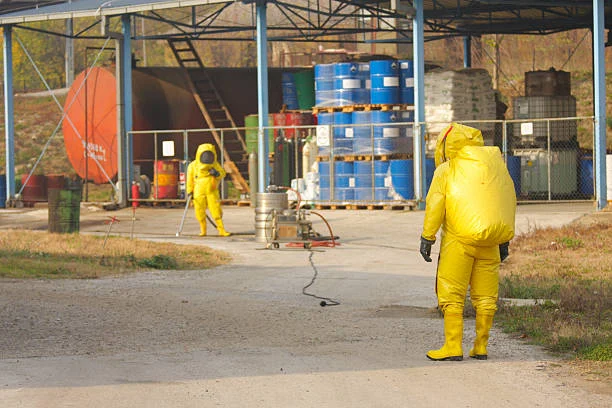
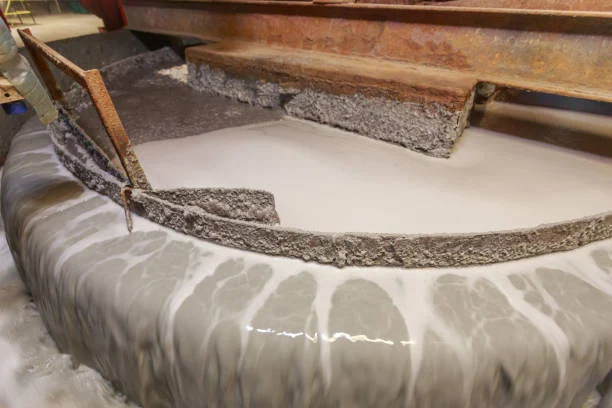
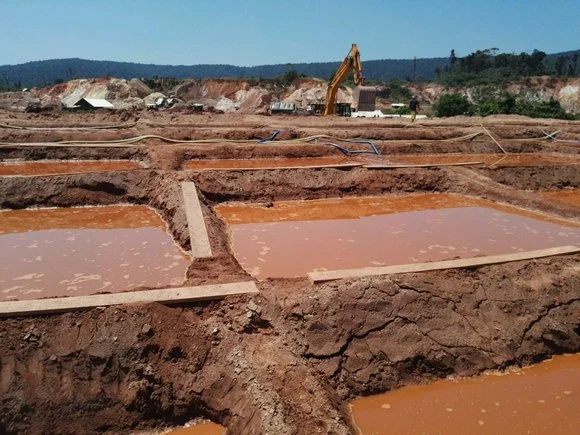
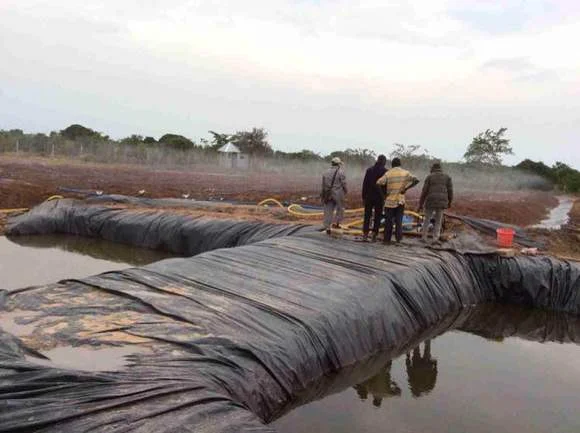
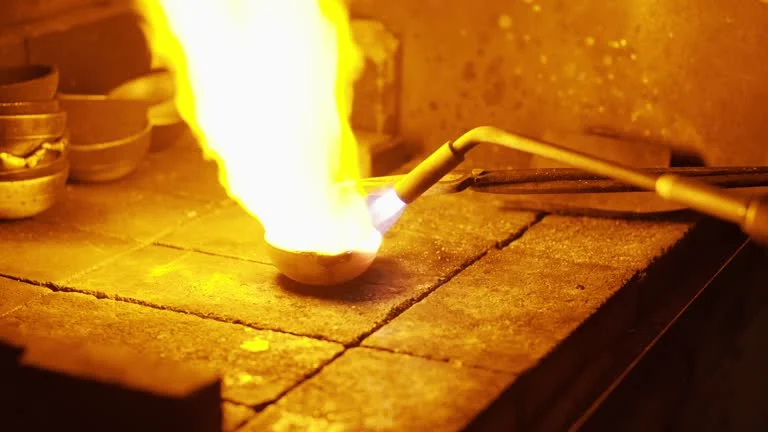
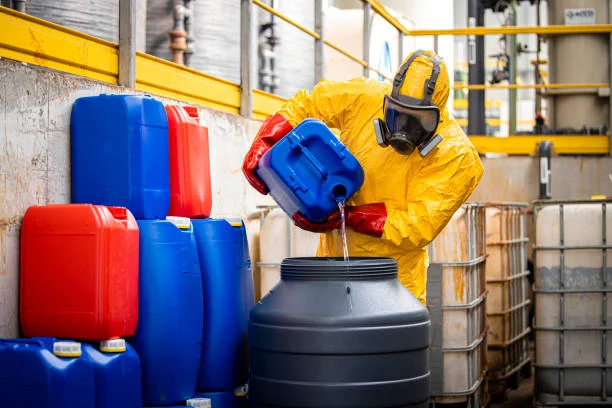
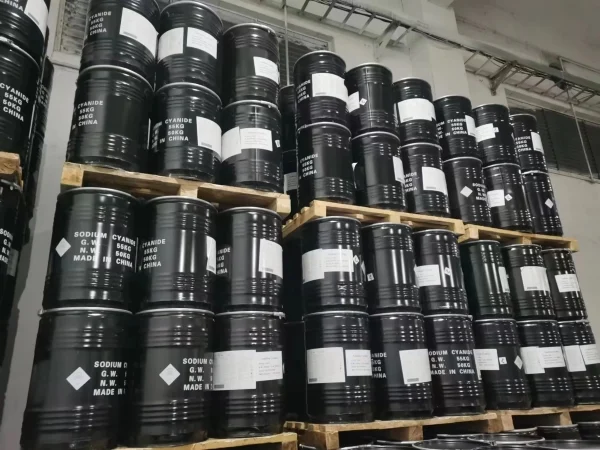



Online message consultation
Add comment: